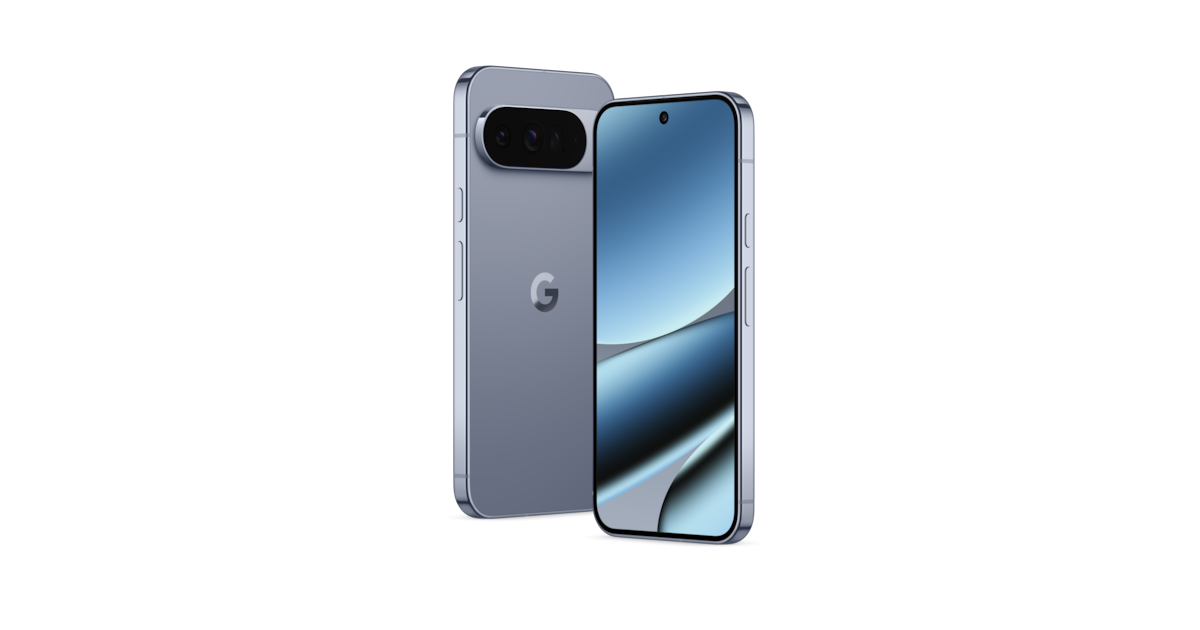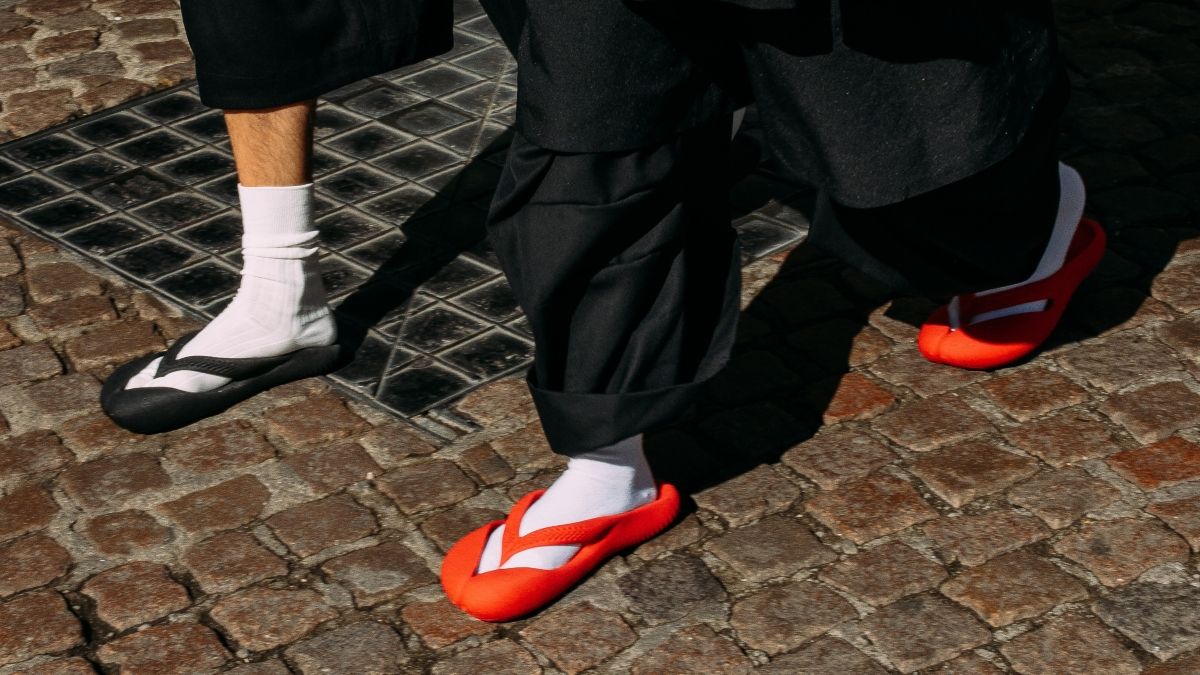The CEO behind Cursor said the AI coding tool spread from YC startups to tech giants thanks to just two things.
Michael Truell, the 25-year-old CEO and cofounder of the startup behind Cursor, said at a Y Combinator event in June that the company’s growth didn’t come from splashy marketing. After an initial push on social media, the founders went monk mode, shutting out distractions to focus on product improvements. Then they let satisfied users carry the rest.
“We kind of lived like monks in 2023 and just focused on the product,” Truell said in a fireside chat published Wednesday on Y Combinator’s YouTube channel. “And it really just spread from word of mouth.”
The team occasionally debated whether Cursor was good enough and whether it was time to pour energy into growth engineering, Truell said, adding that they even ran short sprints on those efforts.
But the results were negligible compared to the impact they got from simply improving the product, he added.
In the very early stages of launching Cursor in 2023, the team tried to “evangelize” the AI tool on social networks, which helped them build an early user waitlist, Truell said.
“That was helpful getting us kick-started,” he said. “But then after that, we kind of stepped away from that.”
Cursor’s parent company, Anysphere, raised $900 million at a $9.9 billion valuation, the company said in June. The company lists Stripe, Instacart, and Shopify as customers.
Business Insider reported in the same month that Amazon was in talks with Cursor to adopt the AI coding tool internally.
Amazon CEO Andy Jassy said in the May earnings call that Cursor, an AWS cloud customer, was a key driver behind the “explosion of coding agents.”
Big Tech leaders have also been using Cursor to vibe-code. Google CEO Sundar Pichai said in June that he has been casually building a custom webpage with the AI coding tool.
Truell and Cursor did not respond to a request for comment from Business Insider.
Marketing for AI startups
Not every AI startup thinks marketing is redundant. Some are leaning hard into it.
Viral AI “cheating” startup Cluely is betting on influencers to drive growth.
Cluely needs to be “the biggest thing” on Instagram and TikTok, CEO and cofounder Chungin “Roy” Lee said on a podcast in June. “Every single big company is known by regular people,” he added.
Lee previously told BI that his main goal for Cluely is to reach 1 billion views across all platforms.
Other startups are chasing what’s being called AEO, or answer engine optimization — the next generation of SEO as chatbots increasingly replace search engines.
Business Insider reported in May that dozens of AEO startups and tools have launched in recent months, all promising to help online businesses get surfaced when AI models answer user questions.
“There must have been 30 AEO product launches in the last few months, all trying to do what SEO did 20 years ago,” said David Slater, a chief marketing officer who’s worked at Mozilla, Salesforce, and other tech companies. “It’s absolutely going to be a hot space.”








